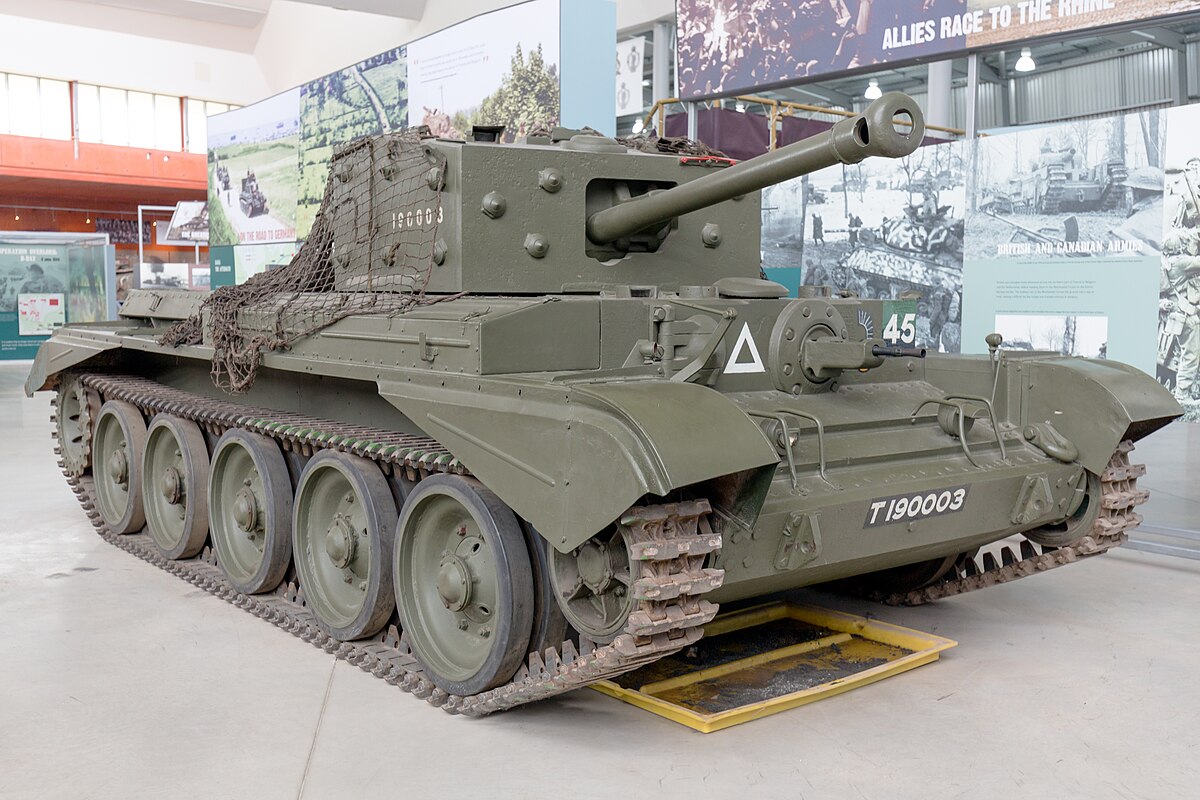Admiral Beez
Major
The RR Merlin based 27L Meteor became a widely used engine in British tanks. What about the 21L Kestrel and Peregine, did these smaller engines have potential for lighter or earlier tanks? And what of the Napier Sabre? As for other nations, would the Jumo diesels have tank applications?

 en.wikipedia.org
en.wikipedia.org
In October 1940, Robotham met Henry Spurrier of Leyland Motors to discuss British tank design. The Tank Board desperately needed a more powerful tank engine to replace the aging Liberty. Robotham and Spurrier decided to attempt to fit a refurbished and re-worked Rolls-Royce Merlin engine to a Leyland tank for testing. Design had three priorities:

Cromwell tank - Wikipedia
In October 1940, Robotham met Henry Spurrier of Leyland Motors to discuss British tank design. The Tank Board desperately needed a more powerful tank engine to replace the aging Liberty. Robotham and Spurrier decided to attempt to fit a refurbished and re-worked Rolls-Royce Merlin engine to a Leyland tank for testing. Design had three priorities:
- To remove the supercharger and make the engine operate on standard fuel;
- To fit the engine into a current Crusader tank so the engine, and the remaining elements of the tank could be tested under greater load;
- To improve the cooling system such that the larger output engine could be cooled in the same space.
Last edited:
